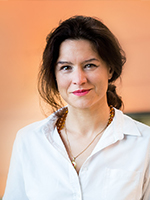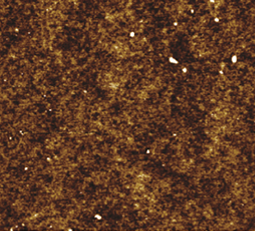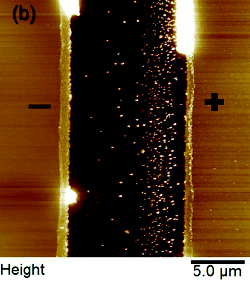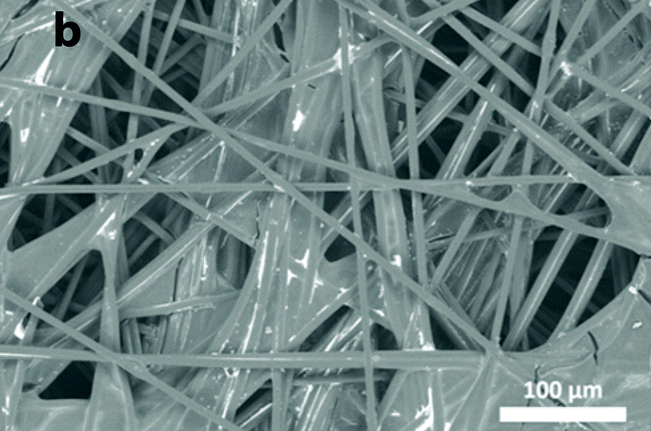
Photoelectrochemistry ● Optoelectronics ● Biocompatibility
Professor Clara Santato’s research specialization is electroactive materials and devices.
Her expertise is in the fields of photoelectrochemistry (specifically, production of hydrogen by photoelectrolysis of water, using metal-oxide photocatalysts) and optoelectronic devices (such as organic light-emitting transistors).
Capitalizing on knowledge to push the boundaries
Building on her experience, Professor Santato has merged these two fields to open up new avenues of research in the area of mixed ionic-electronic conducting materials. Areas of interest include biopigments (such as melanin), transistor-type devices that require only low voltages to operate (based on a principle known as “electrolyte gating”), and energy storage (supercapacitors and batteries).
Chemistry, electronics and biocompatiblity
Professor Santato also studies various properties of eumelanin with an eye to potential industrial applications. Eumelanin, omnipresent in plants and animals, is the pigment that protects skin from UV radiation. Melanin is well known for its multiple physicochemical properties, including light absorption.
In an initial breakthrough, her team succeeded in creating melanin in thin-film form that is smooth, regular and reproducible (an important criterion in any scientific approach!). Their second major discovery: these thin films can store an electrical charge—which is a key characteristic of electrodes for use in supercapacitors.
Looking at the longer term, the team is studying incorporation of thin-film melanin into electronic and electrochemical devices. Because the pigment is biological in origin, melanin films could be used to create electrodes that are biocompatible; i.e., that can be used in living beings.
|
|
|





